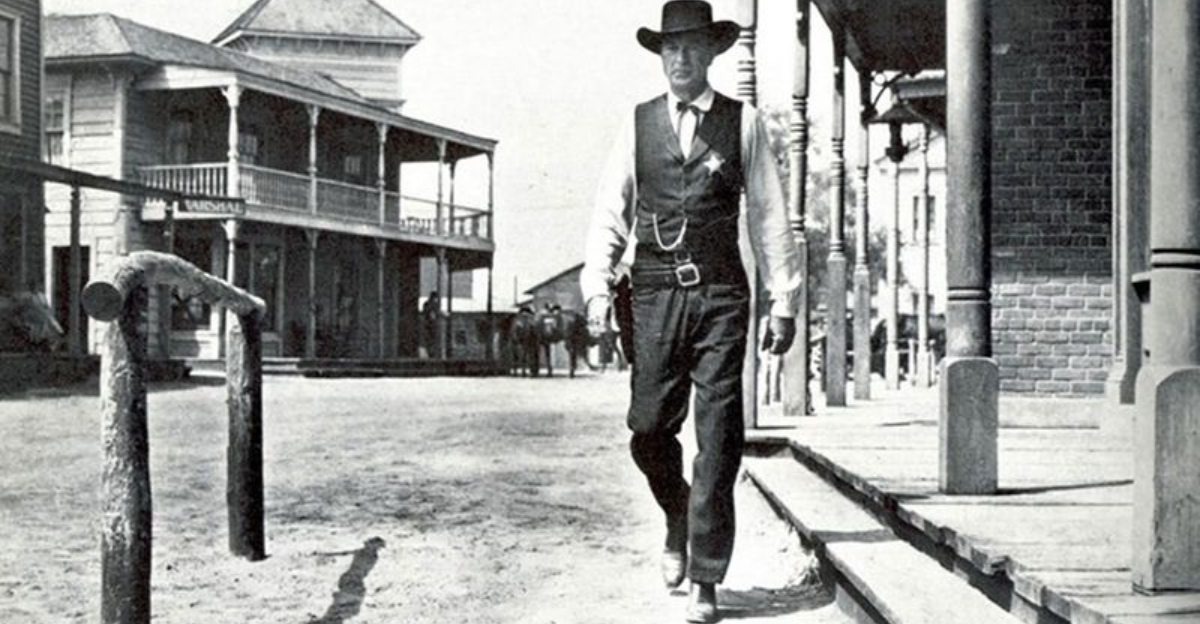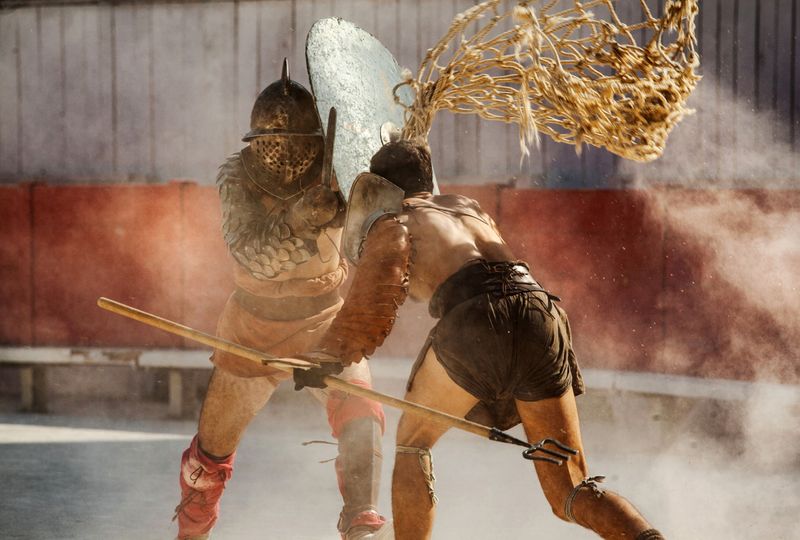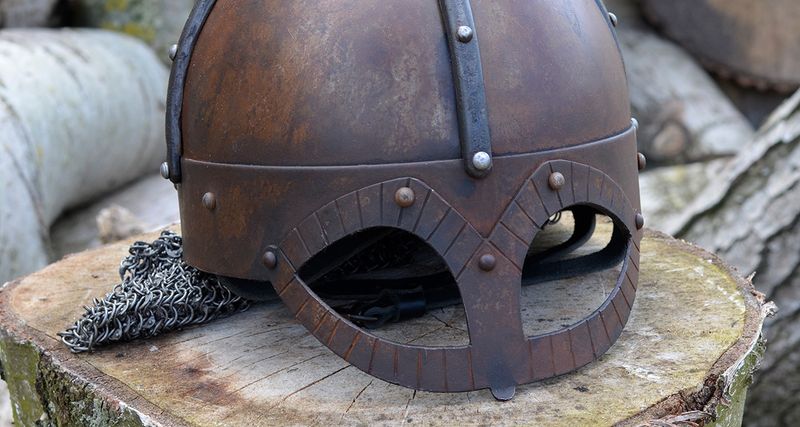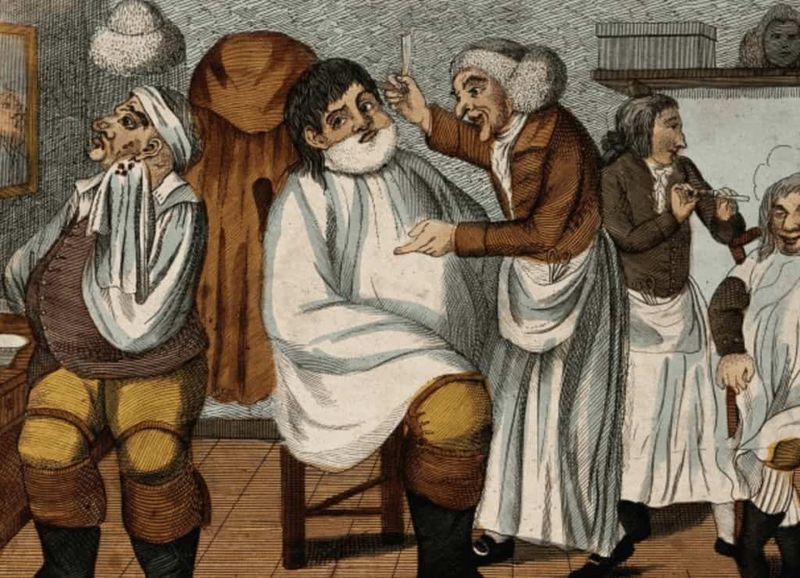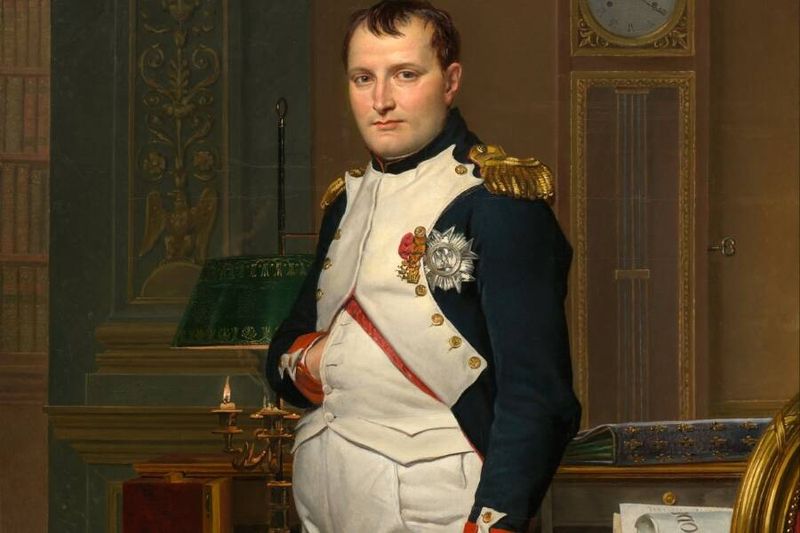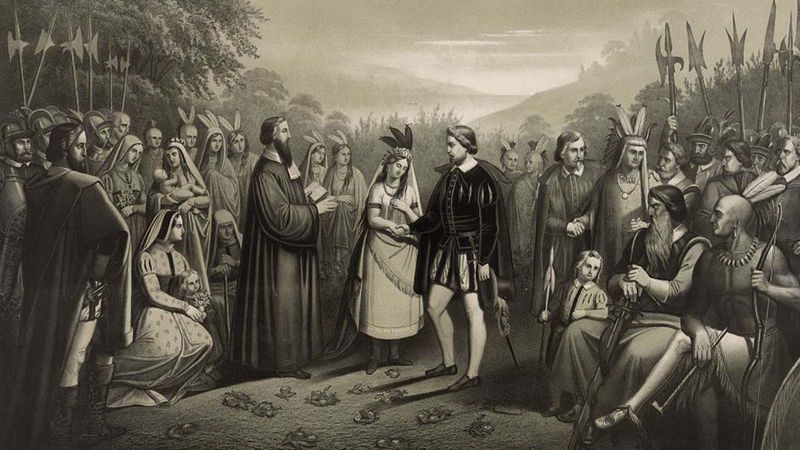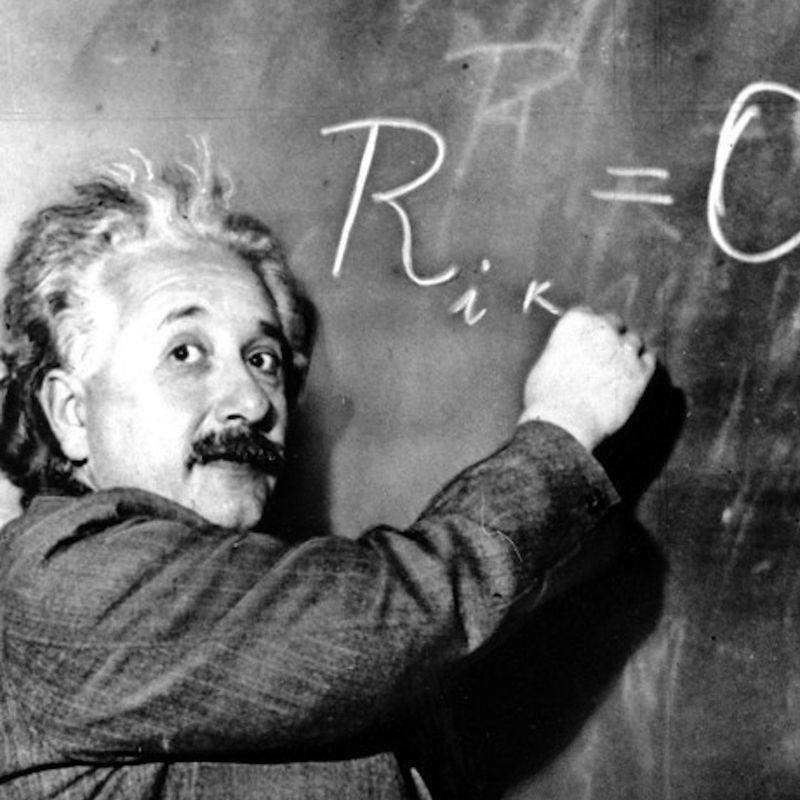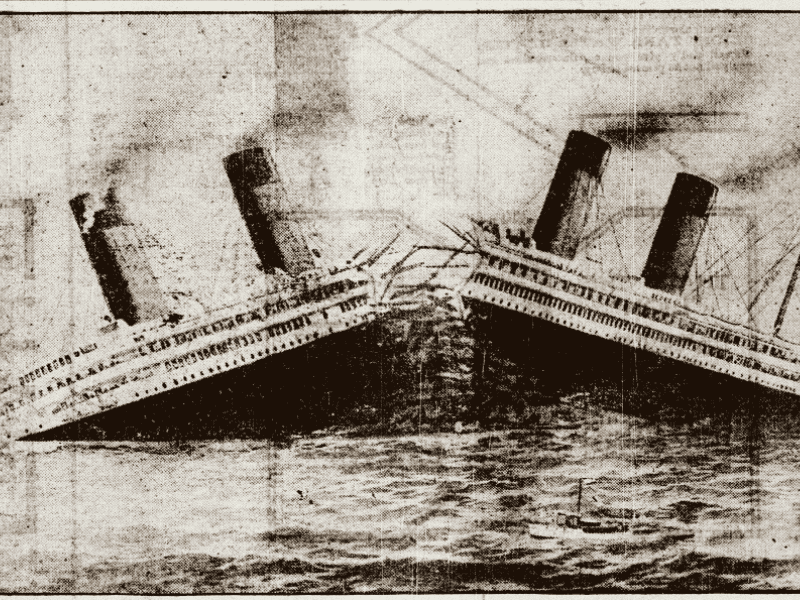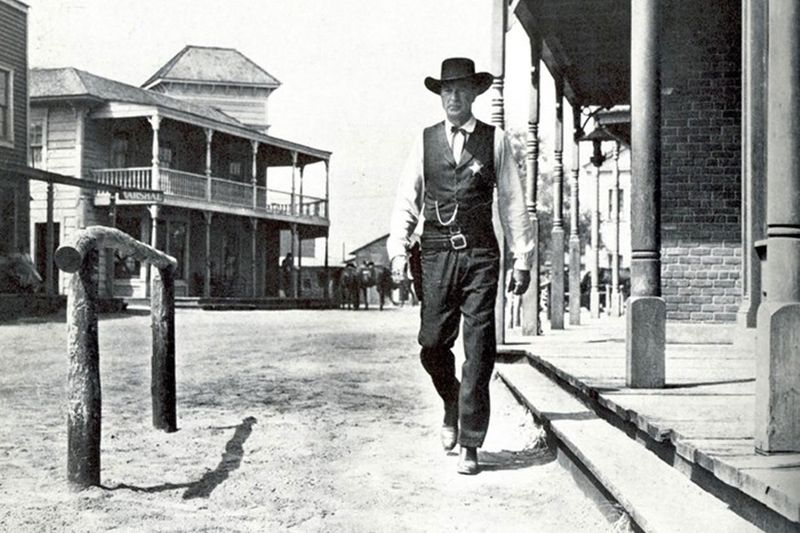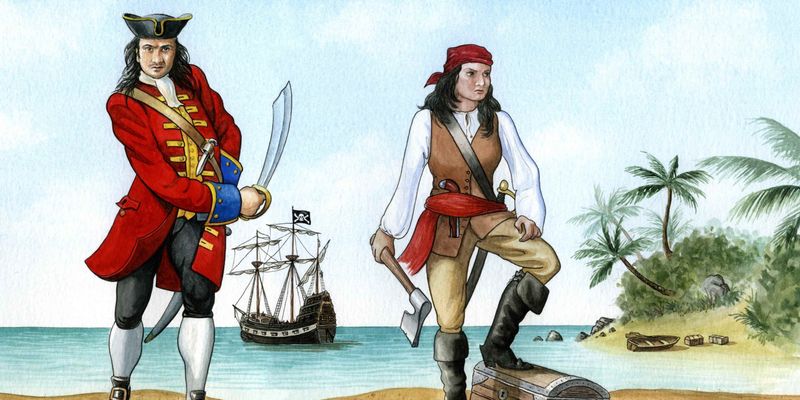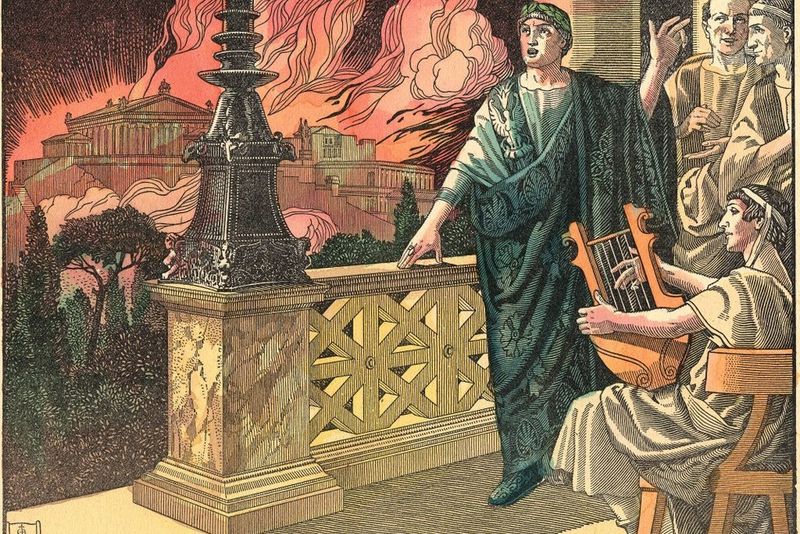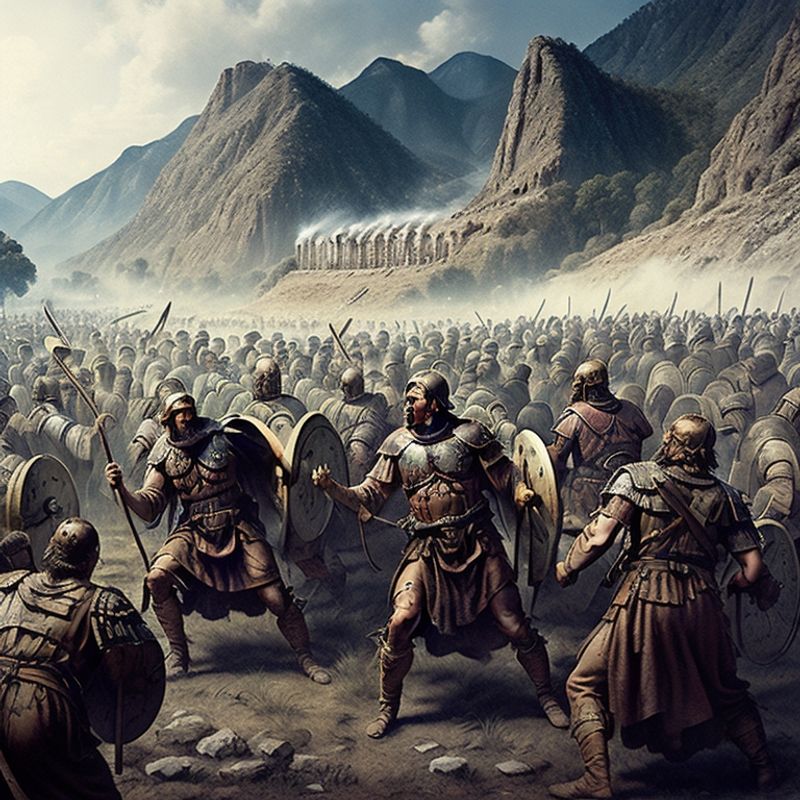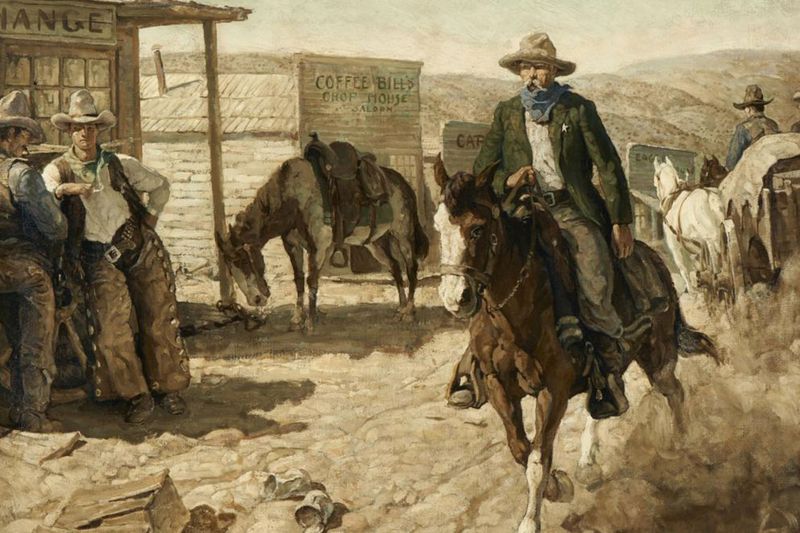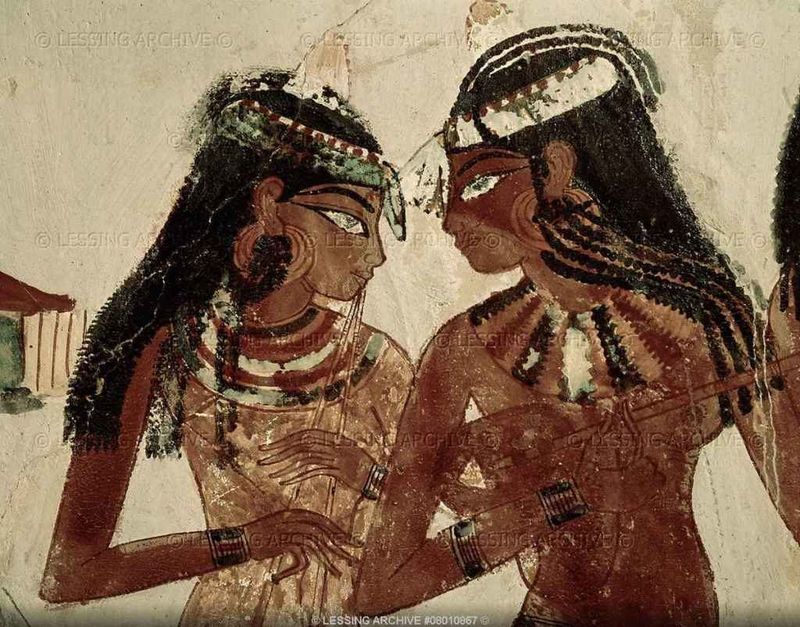Movies often shape our perceptions of history, sometimes leading us astray with captivating yet inaccurate portrayals. These historical myths, perpetuated by film, offer a skewed view of the past. Delve into the truths behind these cinematic fabrications and unearth the reality that movies have masked.
Here are 15 popular historical myths that films have brought to life, but in doing so, have also muddied the waters of historical accuracy. From gladiators to pirates, let’s uncover the stories that are more fiction than fact, thanks to Hollywood’s imaginative storytelling.
1. Gladiators Always Fought to the Death
In the swirling dust of the arena, gladiators faced each other not as mere entertainment, but as valuable investments. Contrary to popular belief, these warriors rarely fought to the death. Gladiators were akin to prized athletes, their skills honed and their lives preserved for future contests. The grueling matches were often stopped before a lethal blow could be struck. Their trainers, aware of their worth, aimed to keep them alive and thriving, ready for more spectacles. The notion of constant mortal combat largely stems from the drama of films such as Gladiator, rather than historical reality.
2. Vikings Wore Horned Helmets
Picture a Viking braving the stormy seas, his helmet unmistakably hornless. Although movies and cartoons love to add this dramatic flair, there’s no archaeological evidence to support Vikings wearing horned helmets. The myth likely originates from 19th-century operatic costumes designed for Wagner’s works. The real Vikings were far more practical, opting for headgear that provided actual protection in battle. This blend of fact and fantasy has misled audiences for generations, cementing an iconic yet inaccurate image of the Norse marauder. Vikings’ true legacy lies in their exploration and trade, far beyond the fictional horns.
3. The Middle Ages Were Dirty and Barbaric
Imagine bustling medieval streets, where hygiene and community thrived more than films suggest. Despite cinematic portrayals of filth and chaos, medieval people valued cleanliness. Records show that soap-making was a flourishing industry and public bathhouses were common. The societal structure was more sophisticated than often depicted, with guilds, trade, and law keeping order amid the challenges. While life was undeniably tough, the era was not the dismal, unhygienic wasteland Hollywood portrays. It was a time of vibrant culture, innovation, and communal living, where the harshness of existence was met with resilience and resourcefulness.
4. Napoleon Was Short
Napoleon Bonaparte, often depicted as the diminutive dictator, was actually average in height for his time. Standing at around 5’7″, this confusion arose from British propaganda and differences in measuring units between the French and English. The image of a pint-sized emperor leading grand armies has persisted in films, overshadowing his strategic prowess and political maneuvers. This myth endures, possibly because it adds a David versus Goliath aspect to his historic battles. In reality, Napoleon’s legacy is far taller than his stature, having reshaped France and left an indelible mark on European history.
5. Pocahontas and John Smith Had a Romantic Relationship
In the lush wilderness of colonial Virginia, the story of Pocahontas and John Smith unfolds, often romanticized beyond recognition. Pocahontas was merely 11 or 12 years old when she encountered Smith, debunking any notion of a romantic relationship. Disney’s portrayal immortalized this unlikely romance, overshadowing the cultural exchanges that truly characterized their interactions. Pocahontas played a significant role in fostering peace between the Powhatan tribe and English settlers, a feat far more impactful than any fictional romance. Her legacy reflects a bridge between worlds, misunderstood by the lens of Hollywood’s storytelling.
6. Albert Einstein Failed Math
A young Albert Einstein, deep in thought, scribbles equations with ease. Contrary to the myth that he struggled with math, Einstein was a prodigy, mastering calculus before age 15. His intellectual journey reflects not failure, but extraordinary aptitude. This myth possibly arose from a misinterpretation of his early schooling or humorous anecdotes. Einstein’s groundbreaking work in theoretical physics was built on his mathematical prowess, a fact overshadowed by this persistent legend. His story inspires not as a tale of overcoming academic hurdles, but as a testament to innate genius and relentless curiosity.
7. The Titanic Sank Intact and Upright
On that fateful night beneath the starry sky, the Titanic’s grandeur faded, not in one piece, but shattered. Contrary to early cinematic portrayals, the great ship broke apart, a fact revealed through deep-sea explorations decades later. The dramatic imagery of a ship sinking intact is compelling but inaccurate. Survivors’ testimonies and modern technology have painted a truer picture of chaos and fragmentation. This myth captivates through its simplicity, yet the reality is a complex tale of human bravery and tragedy, where the ship’s final moments were as fragmented as the dreams of those aboard.
8. Cowboys Constantly Had Shootouts in the Streets
In the dusty streets of the Wild West, silence often reigned over chaos. Contrary to the image of constant gunfights, shootouts were a rarity in most frontier towns. Classic Western films painted a picture of relentless violence, overshadowing the peace that marked everyday life. Townspeople lived under active law enforcement, with sheriffs maintaining order more often than engaging in duels. This myth persists, perhaps because it encapsulates the rugged individualism of the era. Yet, the true Wild West was a blend of order and opportunity, where legends of gunfights were far outnumbered by mundane realities.
9. Marie Antoinette Said “Let Them Eat Cake”
In the lavish gardens of Versailles, Marie Antoinette never uttered the infamous phrase “Let them eat cake.” No historical evidence supports this, as it’s likely a fabrication to incite public disdain. This myth, often featured in historical dramas, paints the queen as out-of-touch, overshadowing her complex role during France’s turbulent times. Her reputation, mired by extravagance and revolution, is further embellished by this fictional quote. The real Marie Antoinette was a scapegoat for broader societal issues, her life ending tragically amid the upheaval. Her story is a cautionary tale of misrepresentation and political propaganda.
10. All Pirates Buried Treasure
On the sunlit shores of a tropical island, the image of pirates burying treasure seems more fantasy than fact. In truth, few pirates hid their loot, preferring to spend or barter it quickly. The myth, popularized by adventure stories like Treasure Island, captures the imagination but distorts reality. Pirates lived for the moment, their wealth fleeting amid the dangers of the high seas. This fictional trope persists, perhaps due to its romantic allure, overshadowing the harsher truths of piracy. Their legacy, rooted in freedom and rebellion, offers a more complex narrative than buried fortunes.
11. The Great Fire of Rome Was Started by Nero Playing the Fiddle
Amidst the flickering flames of ancient Rome, the image of Nero fiddling as the city burns is more myth than fact. The fiddle didn’t exist during Nero’s reign, and historical accounts place him away from Rome when the fire began. This enduring myth fueled his villainous legacy, perpetuated by dramatic retellings in literature and film. While Nero’s rule was contentious, blaming him for the fire oversimplifies the era’s complexities. His story, woven with intrigue and ambition, remains a lesson in the power of narrative to shape public perception, often blurring the lines between fact and fiction.
12. The 300 Spartans Fought Alone
In the shadowed pass of Thermopylae, the Spartans stood not alone, but with thousands of Greek allies. The myth of 300 solitary warriors, popularized by modern films, overlooks the coalition of forces that faced Persia. This narrative simplifies a complex military alliance, where courage was a shared virtue. The embellishment serves to dramatize Spartan valor, yet detracts from the unity that characterized the battle. Understanding this, we appreciate not just the Spartans’ bravery, but the collective heroism of all Greek soldiers standing against overwhelming odds, redefining their legacy beyond solitary glory.
13. Medieval People Thought the Earth Was Flat
In the flickering candlelight of medieval libraries, scholars debated many things, but the Earth’s shape wasn’t one of them. Contrary to popular film depictions, educated people in the Middle Ages widely understood that the Earth was round. This misconception stems from later fictional portrayals, simplifying historical narratives. Medieval academics, influenced by ancient Greek learning, had long accepted the Earth’s sphericity. This myth, persisting through modern storytelling, reflects more on the storytellers’ imagination than historical reality, overshadowing the era’s intellectual achievements. Rediscovering this truth reveals a vibrant period of learning and curiosity about the world.
14. The Wild West Was Full of Outlaws and Bandits
In the sunlit streets of the Wild West, towns were more peaceful than films suggest. While outlaws existed, they were not as pervasive as Hollywood’s tales of lawlessness. Most towns had active law enforcement, maintaining order amidst frontier challenges. The myth of rampant banditry, dramatized in Westerns, overshadowed the reality of community and law. This narrative, while thrilling, distorts the true nature of frontier life. Real stories of bravery and justice coexisted with the legendary, offering a richer tapestry than the Hollywood version of endless conflict and chaos. The true Wild West was a land of opportunity and governance.
15. Ancient Egyptians Were White Europeans
Amidst the sands of time, the portrayal of ancient Egyptians as white Europeans is a Hollywood fabrication. In reality, Egyptians were North Africans with diverse features reflective of their geographical and cultural landscape. This myth, perpetuated by early films casting European actors, misrepresents the true lineage of a civilization renowned for its architectural and cultural achievements. Acknowledging this diversity allows a fuller appreciation of Egypt’s historical contributions. Their society, vibrant and complex, defies simplistic racial categorizations, offering a richer understanding of ancient dynamics beyond the confines of outdated portrayals.
